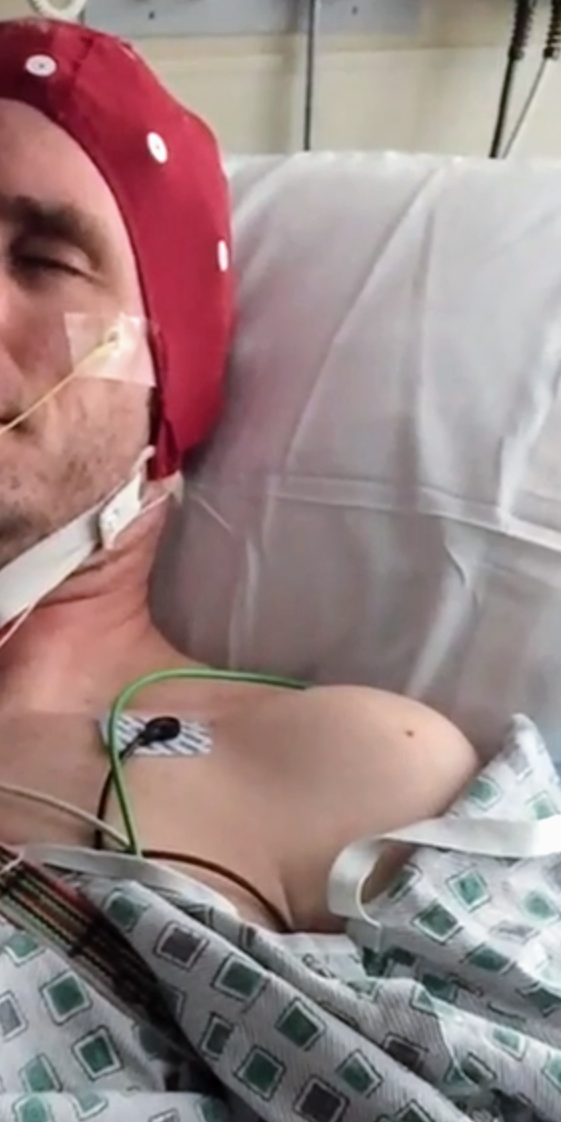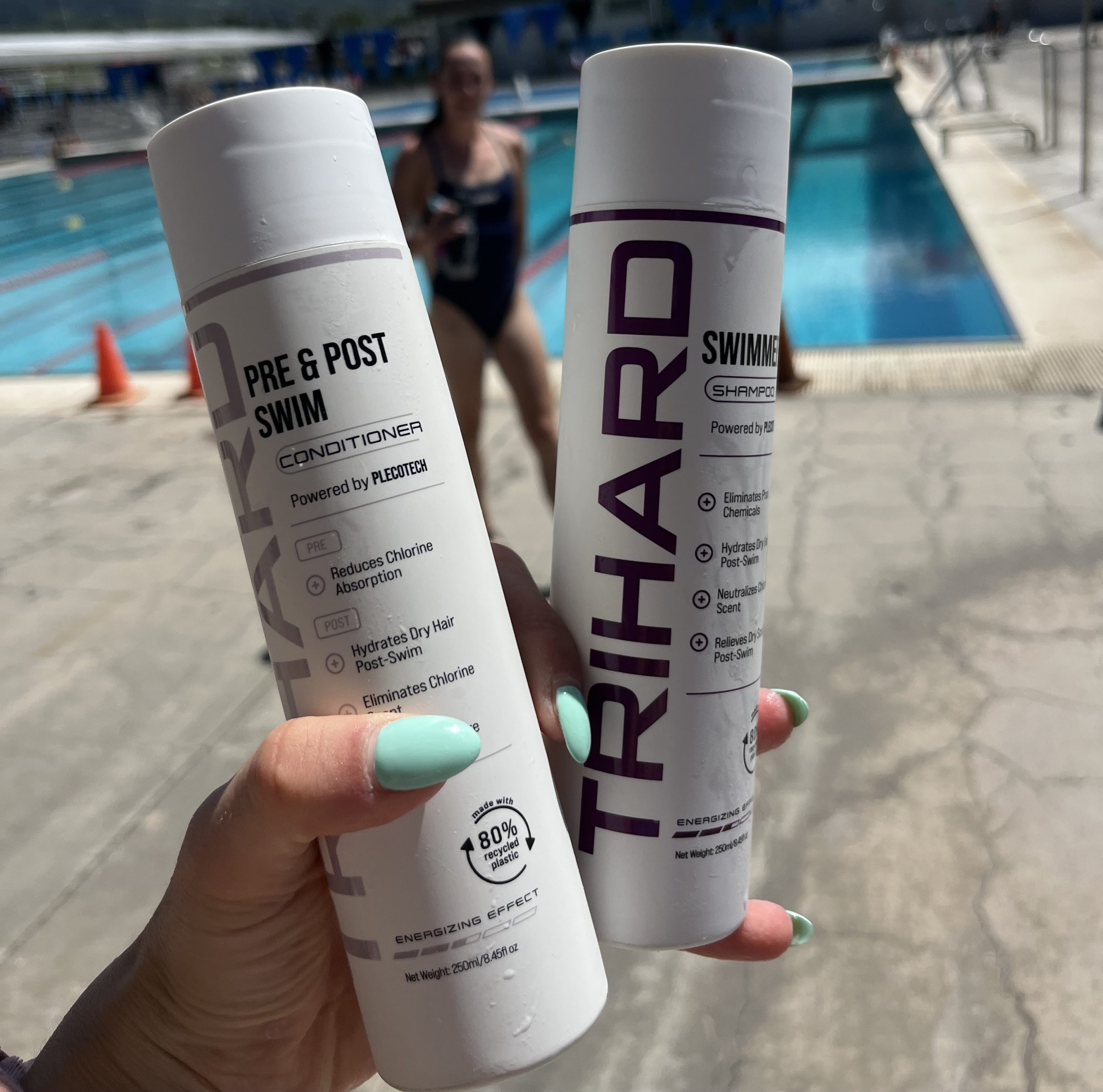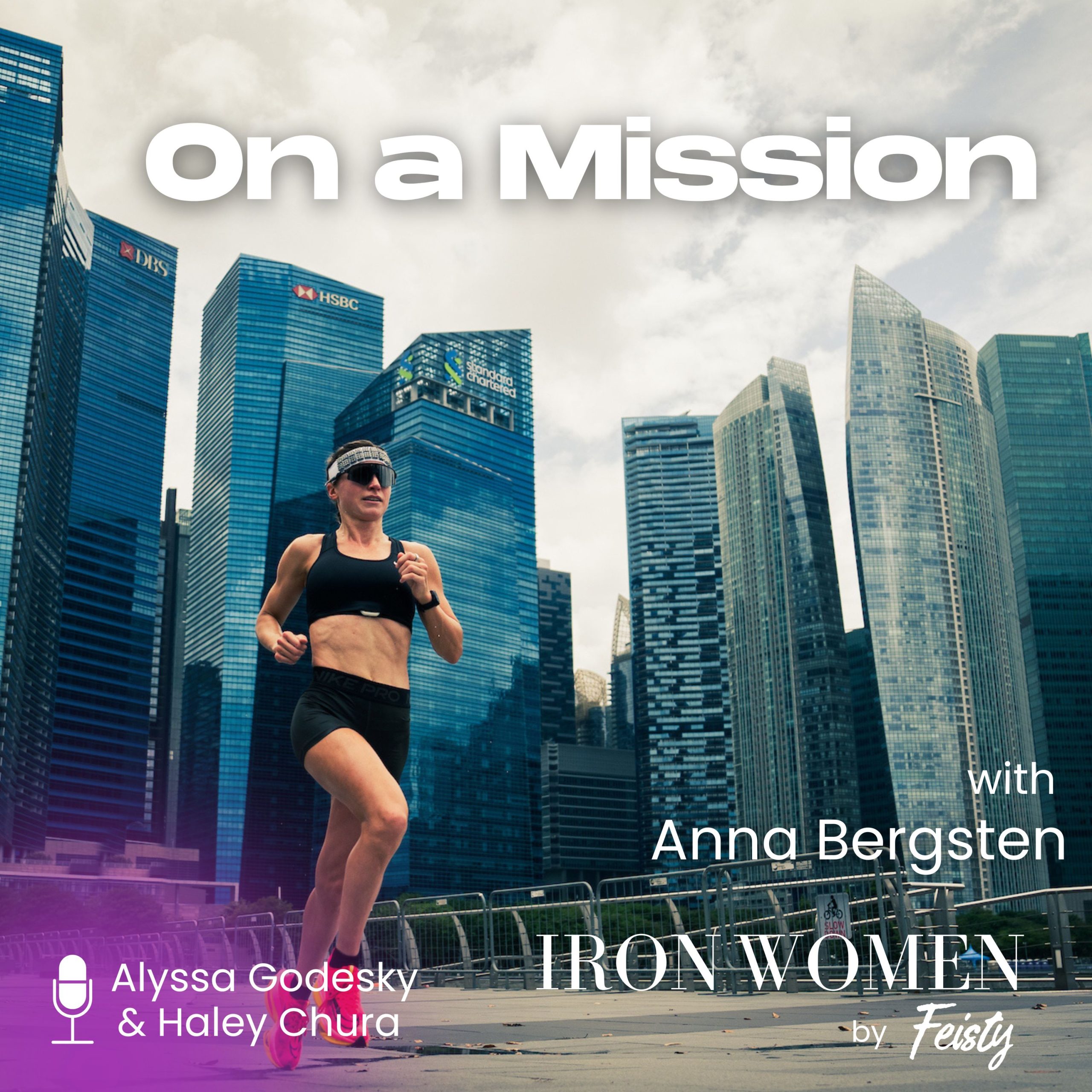May 7, 2018
Coming Out – Second Chances and Self Discovery

by Erin Hamilton | edited by Jessica Michalofsky
Hi, my name is Erin. I’m a female amateur triathlete who happens to be transgender.
Wait…. What?
Yep, that wasn’t a typo, I’m a transgender woman. 2017 produced a lot of firsts: returning to competitive racing since sustaining my traumatic brain injury, entering the world of triathlon, finishing my first 140.6 Ironman in Coeur d’Alene, and finding myself. You know, just to list a few. During all of that I also began my transition journey from male to female.
The road came with a new set of challenges, adversity, and tremendous accomplishments. It certainly wasn’t easy, but in the end I came out a better and stronger woman!
Before I jump into it, how did I get to this point? Well, it’s a bit complicated, but I’ve been told it’s an incredible coming to life story.
Back in May of 2015, I was out riding my bike, squeezing in some training time to prepare for an upcoming local omnium while on my commute home from work (it also happened to be Bike to Work Day). As I was nearing my house, a woman driving an SUV decided to cut a corner and hit me head on. Due to the nature of my brain injury, I’ve lost a considerable amount of memory, and don’t know what exactly happened at this moment. What I was told: I was thrown from my bike, bouncing and rolling across the pavement for about 30 to 40 feet. My head took most of the blows against the pavement, like a basketball. My helmet was a pancake, and I almost died on the scene. Many of my doctors told me that I was lucky to be given a second chance at life, and I was lucky to be alive.

Later, I learned that I was diagnosed with a diffuse axonal traumatic brain injury (DAI). DAI is one of the most common and devastating types of traumatic brain injury. It’s generally the cause of losing consciousness, or a persistent vegetative state. The usual outcome to this type of injury is coma. The people who wake up generally experience significant brain function impairment. I was one of the fortunate ones when I woke up.
When I got to the state where I could start rehabilitation, I had to relearn how to do everything: walking, talking, all the way to relearning how to sort playing cards by color and function in a basic kitchen. It was tremendously difficult going to rehab and failing basic preschool level tasks. That constant failure weighed heavily on me and triggered my severe depression, and subsequent attempts on my own life. If it wasn’t for the support of my family and friends, I most likely would not be writing this article. That support also helped push me to keep going, keep fighting, and eventually I returned to an impaired but functioning person.
This accident served as a wakeup call for me, that life is truly precious and you only have one shot at it. It has made me look at the world, and life, differently. Because of that, I try to live each day to its fullest, and to never take the simplest task for granted! It also served as the catalyst for many changes in my life, both good and bad. One in particular was when I started questioning my gender. During the early days of my recovery, all I was able to do was sit in a dark, silent room. My brain wasn’t able to take any kind of stimulation. Despite the injury wiping away the majority of my memories—not remembering my wedding day or the birth of my own daughter, as two examples—it didn’t wipe away all of them. Some very suppressed and locked away fragments of memories still remained, memories of things I did as a child and young adult. I believe the extent of my injury somehow removed all the locks that kept these memories away, and they were now able to float up into my brain’s general processing. Memories of hiding a bag full of women’s clothes and makeup in my closet when I was in middle school. Times I would walk around clothing stores with my parents wondering why I had to wear pants, instead of dresses. Periods I experimented cross-dressing privately when I started living alone.
At that time in my recovery from the accident, I wasn’t able to research these feelings, but as soon as I was cleared and able to look at a computer monitor, I started looking all of this up, and began the building blocks of understanding who I was, and who I was meant to be. Everything was coming back to gender identity, gender dysphoria, being transgender! It was clear back when I was younger that I was already questioning my gender; I just didn’t understand what those actions truly meant. It’s not a topic you are taught in school, at least not when I was attending school. So, I didn’t know how to react to it all, and thought it was normal behavior.
 Deciding to come out was the hardest decision I have ever made. I was married to the love of my life and had the most beautiful daughter. But I felt like I needed to be true to myself and my wife at the time. I had no idea how she would react, whether our marriage would continue or not. So I took a gamble and told my wife what I discovered and who I was supposed to be. Despite that decision resulting in our divorce, I was incredibly fortunate to have her support during my discovery, and transition. We still hold an incredible connection between us, and we are very close. Without her in my corner, getting through transition would have been impossible, and not many transgender people get the luxury of having support.
Deciding to come out was the hardest decision I have ever made. I was married to the love of my life and had the most beautiful daughter. But I felt like I needed to be true to myself and my wife at the time. I had no idea how she would react, whether our marriage would continue or not. So I took a gamble and told my wife what I discovered and who I was supposed to be. Despite that decision resulting in our divorce, I was incredibly fortunate to have her support during my discovery, and transition. We still hold an incredible connection between us, and we are very close. Without her in my corner, getting through transition would have been impossible, and not many transgender people get the luxury of having support.
In late 2016, I officially started my transition to becoming the woman I should have always been. I started my Hormone Replacement Therapy (HRT), which entailed taking estrogen, progesterone, and blocking testosterone production. HRT is the beginning of a lot of changes, both physical and mental. Many changes aren’t instant, and most take years to fully develop; some of the changes are redistribution of body fat, thinning and smoothing of skin, reduction in body hair, development of breasts, increase in logical thinking (at least for me), to name a few. It’s a serious decision to make starting HRT, as most of the physical changes are irreversible. So you really need to know if this is something you want to dive into, or not. There are also very strict guidelines doctors should follow to properly evaluate a person who wants to begin HRT.
In late 2016, I was progressing quickly with my physical recovery; unfortunately my cognitive recovery was not going as quickly. But I was cleared to return to riding bikes, and slowly getting back into riding shape. With that, the motivation to return to racing was hitting me hard. After discussing returning to racing with my doctors, I was told the risk of sustaining another head injury was too high to ever be cleared to do traditional road bike racing. So I had to find another outlet where the risk was lower but still had me on the bike racing competitively again. That’s when I thought about triathlon.
I’d had friends that were involved in that sport, and I have always watched Kona coverage whenever it was available. I figured it would be the most logical choice. The concern the doctors had with road racing was being bunched up in a peloton with unpredictable, and possibly inexperienced, riders. Which is true: the majority of crashes happen within the peloton. In triathlon, the bike portion in many races doesn’t allow riders to group up or to draft. So, in my mind the risk of sustaining another head injury was MUCH lower. The same went for the run. The only part of a triathlon race where the risk could be higher is in the swim, where you are tightly bunched in the water, susceptible to getting kicked in the head. I knew I wasn’t a strong swimmer, and would most likely be at the back of the pack, so I didn’t worry too much about it.

At my next doctors’ appointment, I talked to them about moving to triathlon and explained the race and how it was organized. Before this appointment my doctors were constantly pushing me to find a goal to help drive me further in my recovery, so I told them my goal was to finish a full Ironman. I thought it would be an incredible story and accomplishment, going from not being able to stand or walk to finishing an Ironman!
Each doctor laughed and told me that I should maybe aim for something lower. Oh boy, that was the wrong thing to say to someone like me. After hearing those responses, I told myself “yep, this is definitely my goal”. I then told them, “oh it’s happening; I’m going to prove them wrong!”. They weren’t very comfortable, but they agreed the level of risk was reduced when compared to road racing. They also knew at this time I was battling severe depression and suicidal thoughts, and they saw I needed to get back on the bike because it helped combat those thoughts, and having this goal is better than suffering from depression. So, they cleared me to pursue my goal. I had some more rehab to do before I could officially start training, but this moment was when my quest for Ironman was born!

After progressing with my physical rehab, I was allowed to finally start working towards my goal. I decided to do Ironman Coeur d’Alene on August 27, 2017. This, at that time, was about 10 months away. Holy crap! I didn’t know how to swim, and it had been forever since I had done anything running wise! But I knew it was time to get to work, and that’s exactly what I did. I started my training: learning how to swim, improving my bike, and getting my running legs back.
There were many challenges along the way that I will share in on another day, but ultimately, after countless hours of training, I got to hear those iconic words I’ve been waiting to hear… “Erin Hamilton, you are an Ironman!”
This is Part I in a series about Erin’s journey of second chances and self discovery. Watch this space or sign up for our newsletter, so you don’t miss part II.


 Outspoken Women in Triathlon Summit Returns Bigger than Ever
Outspoken Women in Triathlon Summit Returns Bigger than Ever  Driving the Lamborghini: Productivity and the Power of Paper
Driving the Lamborghini: Productivity and the Power of Paper  5 take aways from the Compete Sports Diversity Summit
5 take aways from the Compete Sports Diversity Summit  Simple Tips to Hone Your Bike Handling Skills
Simple Tips to Hone Your Bike Handling Skills 


